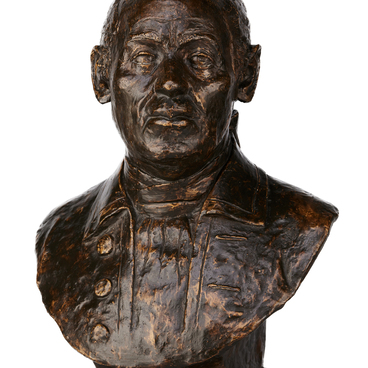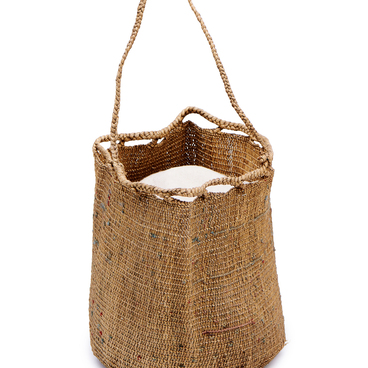The word “anyapel” literally translates as “little grandmother”. This is what the Koryaks called an object, that was a stone placed in a small pouch made of reindeer skin. The pouch had multicolored beads sewn on the sides and bottom. The anyapel was an indispensable item in the ceremony of choosing the name of a newborn child.
The Koryak rite of naming was closely connected with the idea of “transmigration of souls”. A child received the name of one of the deceased relatives, who was believed to return to earth in a new form. According to the Koryak beliefs, it was possible to identify a particular person by means of divination, using a special anyapel stone. During this rite, which was performed in the early morning when the weather was fine, the anyapel was suspended from the end of a thin stick or two sticks joined together using a strap and sinew. The mother, father, and two elderly women from the family took part in the divination. In some families parents were not present.
Before starting the fortune-telling, they addressed the anyapel, “We haven’t worked for a long time, we haven’t done fortune-telling for a long time. A child has come to us. Who is it? What is its name?” After that they listed the names of deceased relatives from the line of father and mother. As soon as the stone began to sway strongly when a particular name was pronounced, it was considered that it was the right one. There were cases when the stone swayed when several names of deceased relatives were mentioned. Then the name was given taking into account certain features that were inherent in this or that deceased person (cough, rash, birthmark).
The family honored the memory of their ancestors. Reindeer herders branded the reindeer for the newborn child, mostly adult female animals. Their offspring were considered the child’s property. Their branding was carried out in the following way: a piece of a newborn calf’s ear was cut off with a knife or bitten off. The resulting mark looked like a straight or curved line; all the marks were very similar, but the Koryaks claimed that they could easily distinguish them.
The young mother was fed
with a stew called “ypana” made of reindeer blood, to which plant roots and
internal reindeer fat were added. All the food given to a nursing mother was
carried over the fire, as was believed that it cleansed her from evil spirits.


